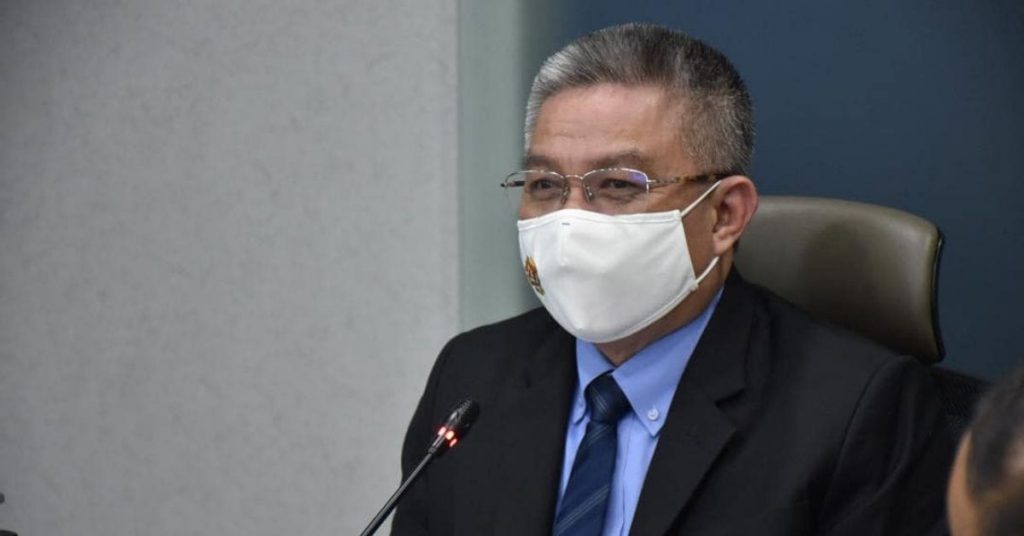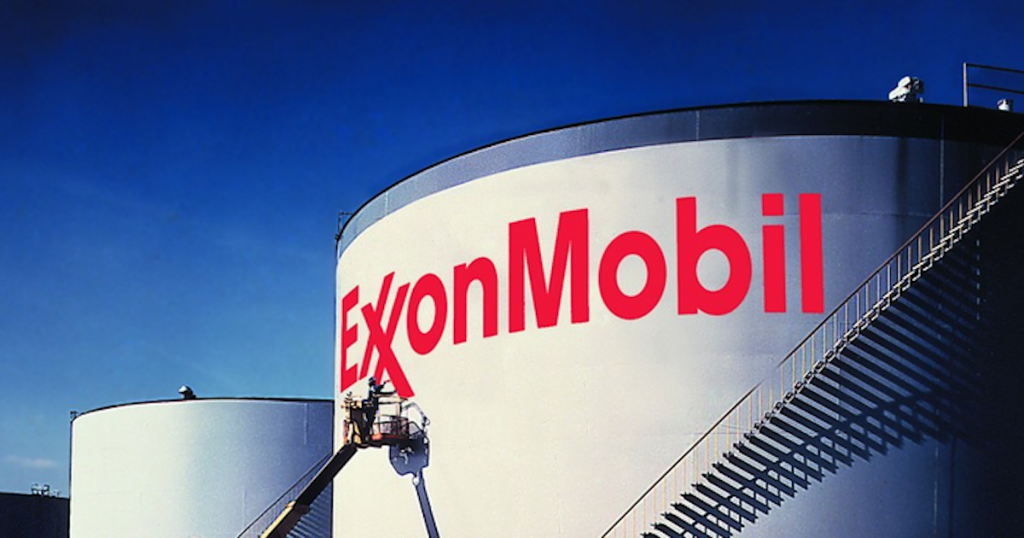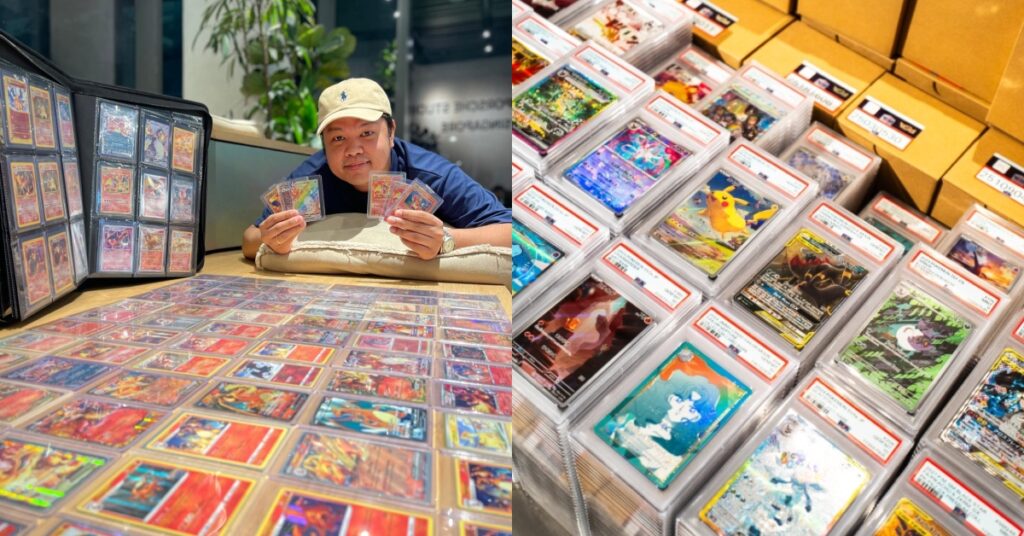It’s been a known fact that Malaysia is targeting to attract or grow 5 unicorns by 2030. They can either be homegrown or foreign startups, according to the MyDIGITAL blueprint.
In recent news, however, newly appointed Minister Dr Adham Baba of the Ministry of Science, Technology and Innovation (MOSTI) reiterated that the ministry is aiming to create 5 unicorns in the next 5 years.
Furthermore, Dr Adham Baba stated that this target can be achieved through the incorporation of the 10-10 Malaysian Science, Technology, Innovation, and Economy (MySTIE) Framework, which came out in 2020 when Khairy Jamaluddin still led MOSTI.
It’s an ambitious goal for sure, seeing that Malaysia has so far only found one unicorn in Carsome, which hit its US$1 billion valuation milestone in July 2021.
To recap from our previous article on unicorns:
Unicorns are hard to build in Malaysia for a variety of reasons, such as our smaller population, a lower standard of living compared to countries with unicorns, and companies lacking the money to pay top talents.
This makes creating 4 more unicorns in the next 5 years a tall order, so we had to find out how MySTIE can aid in the hunt for Malaysia’s next unicorns.
What the heck is MySTIE?
Simply put, MySTIE lays out certain factors to identify a startup with high potential to drive Malaysia from its current production-based economy into a knowledge-intensive one. And it’s likely that MOSTI will derive its potential unicorns from those who fit the bill.
By looking at 10 identified science and technology (S&T) drivers alongside 10 essential socio-economic sectors, it hopes to enhance the competitiveness and sustainability of Malaysian industries. In return, it should also improve the quality of life of its citizens.
Identified science and technology (S&T) drivers
These identified S&Ts and socio-economic industries were derived through a study conducted by the Academy of Sciences Malaysia (ASM) in 2015. Researchers based their conclusions off the Emerging Science, Engineering, and Technologies (ESET) around the world, which includes the use of:
| No. | Emerging tech | What it is |
| 1. | 5G/6G | Next-generation mobile networks that enable higher frequencies, capacity, and lower latency. |
| 2. | Sensor technology | High-performance sensors, including microelectromechanical systems, magnetic materials, wearable biosensors, and printable wearable electrochemical sensors. |
| 3. | 4D/5D printing | The next level after 3D printing, where curved layers can be made, objects are stronger and priced lower too. |
| 4. | Advanced materials | Involves the development of more durable and efficient heat and energy conducting materials that have wide industrial, biological, and medical applications. |
| 5. | Advanced intelligent systems | Comprises big data processing, advanced robotics, artificial intelligence, machine learning to enable precision and efficiency in analyses, information processing, and response. |
| 6. | Cybersecurity & encryption | Processes and methods that protect information and communication systems. They must mitigate risks associated with malicious attacks, digital hijacking, unauthorised access, and damage to systems and data. |
| 7. | Augmented analytics & data discovery | Advanced data discovery methods that enable users to gain insights into patterns of the data generated using various statistical methods, pattern recognition, machine learning, natural learning, and other advanced data analysis tools. |
| 8. | Blockchain | Digital ledger system that is democratic, incorruptible, efficient, verifiable, and holds a permanent record of every transaction of value among multiple economic agents. |
| 9. | Neurotechnology | Technology that enables the study of brain processes, brain-computer interface, decision-making, behaviour, and neurological disorders. |
| 10. | Bioscience technology | Technology that uses biological processes, systems, or living organisms to manufacture products based on molecular biology, bioengineering, genetic engineering, and nanotechnology. |
Socio-economic sectors to develop
Meanwhile, the socio-economic sectors that are in focus for development by adopting these S&Ts are:
| No. | Socio-economic sector | What it is |
| 1. | Energy | Constituted by a complex and interrelated network of entities involved in the production, management, and distribution of energy to fuel the economy and improve the quality of life of residents. This includes both renewable and non-renewable energy sources. |
| 2. | Business & financial services | Services that support business functions for a broader economy, such as IT, logistics, financial services, and other professional fields. |
| 3. | Culture, arts & tourism | It covers a variety of activities including expression and application of creative content and artworks. The tourism sector leverages the cultural heritage and natural resources of Malaysia. |
| 4. | Medical & healthcare | All goods, services, and payment mechanisms for the prevention, restoration, cure, and maintenance of one’s physical, mental, or emotional wellbeing. |
| 5. | Smart technology & systems | Create resilient utilisation of resources through self-monitoring, troubleshooting, optimising, and integrating manufacturing processes and supply chains. This allows for adaptive data-driven decisions and intelligent cyber-physical systems. |
| 6. | Smart cities & transportation | Involve integration of physical and natural infrastructure with advanced technologies to deliver sustainable and resilient living conditions. |
| 7. | Water & food | Ensuring water and food security to address the challenges of rising population, urbanisation, climate change, and economic disparities. |
| 8. | Agriculture and forestry | Agriculture encompasses crops, livestock, and fisheries. Agriculture and forestry are key sectors for food security, employment, and revenue generation for the country. |
| 9. | Education | Spans from pre-school to post-doctoral and continuing education. The purpose of education is to nurture a creative society and a skilled workforce. |
| 10. | Environment & biodiversity | Preserving and conserving the natural environment and biodiversity of Malaysia are important in harnessing its value for sustainable development. This requires a sustainable approach to unlocking the value of terrestrial and marine ecosystems. |
Examples of S&Ts applications in the agritech sector
An example of the MySTIE application can be seen in transitioning the agriculture and forestry sector from a labour-intensive one to being more technology-driven with agritech.
This can be seen in how Bao Sheng Durian Farm applies 5G to harvest ripe durians, and how farmers are using drones to analyse data on soil conditions, provide fertilisation, and more, for better yield.
MySTIE also encourages the convergence of technologies that facilitates the transformation of each sector. This, in turn, creates a multiplier effect on other socio-economic drivers.
For instance, modernising the agriculture sector can contribute to a vibrant agritourism industry, hence providing a lucrative revenue stream. While in the energy sector, agritech can facilitate the generation of renewable energy from biofuels.
Identifying startups with potential
MySTIE has also laid out the factors that would make a startup fit this bill called the National STIE Niche Areas. It involves a company possessing 8 ecosystem enablers (like human capital and internationalisation potential) to enhance the value of socio-economic sectors.
For a company to fit into MOSTI’s identified National STIE Niche Areas, a company needs to have:
- The potential to become an economic booster and have wide societal impact;
- Alignment to Malaysia’s strengths and needs;
- Be inclusive and contribute to a multiplier effect to other sectors and communities across Malaysia.
Once these businesses have been identified, MySTIE will deploy projects to address the needs of communities and their quality of life. The mechanism comprises 6 steps starting with educating businesses on the 10 S&T drivers and how they impact the business’s core operations and influence the chosen socio-economic areas.
It will finally end with future-proofing a business where regular foresighting is conducted to ensure the business is adapting to change and is able to mitigate risks.
Could Malaysia’s next unicorn be a drone startup?
After learning about MySTIE, it does showcase a more detailed plan in helping Malaysia achieve its forecasted goals under MyDIGITAL and subsequently, finding the nation’s next unicorns.
As for who could potentially be Malaysia’s next unicorn, a startup like Aerodyne seems to be a solid contender. Though its valuation is currently undisclosed, it’s already been listed as a minicorn with a total funding US$47.29 million.
Editor’s Note: Information in the above paragraph has been edited to reflect greater accuracy.

To elaborate, Aerodyne is a provider of SaaS and AI-based drone services. The data collected by drones is processed by AI-based proprietary software in order to offer actionable insights.
These services already check MySTIE’s S&T boxes of advanced intelligent systems, along with augmented analytics and data discovery.
Catering to the oil and gas, power, telecom, renewables, construction, agriculture, and infrastructure sectors, it also checks at least 3 of MySTIE’s identified socio-economic drivers.
On top of that, the dronetech startup operates across multiple locations like Australia, Japan, Malaysia, Singapore, Brunei, the USA, UAE, Chile, and Indonesia.
That being said, there are a lot of other candidates as well, and the right support that goes beyond monetary value will be necessary in order for our minicorns to evolve. Here’s to seeing more Malaysian unicorns by 2025.
- You can read more unicorn-related pieces we’ve written here.
- You can read more MyDIGITAL articles we’ve written here.
Featured Image Credit: Minister Dr Adham Baba of the Ministry of Science, Technology and Innovation










